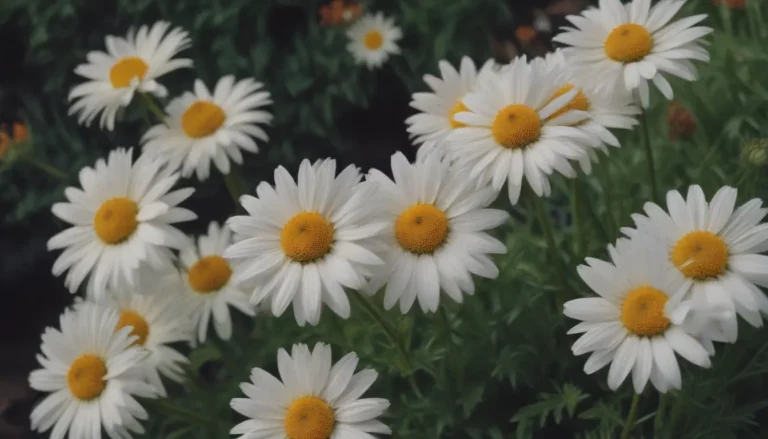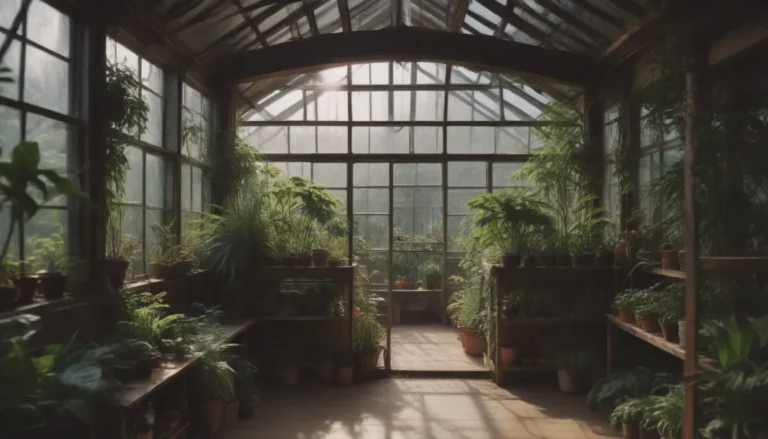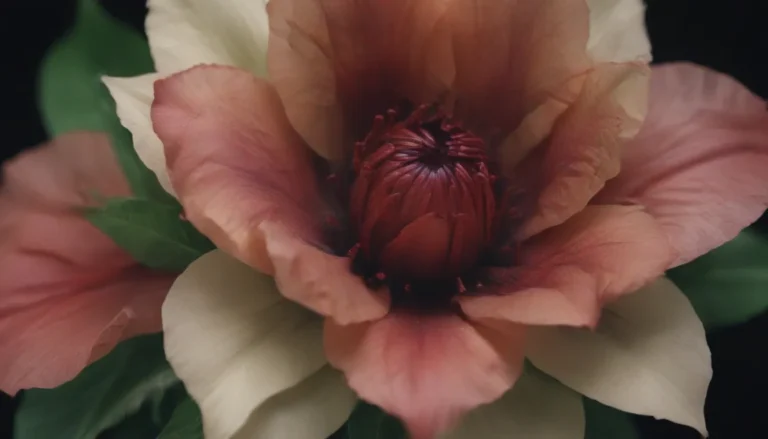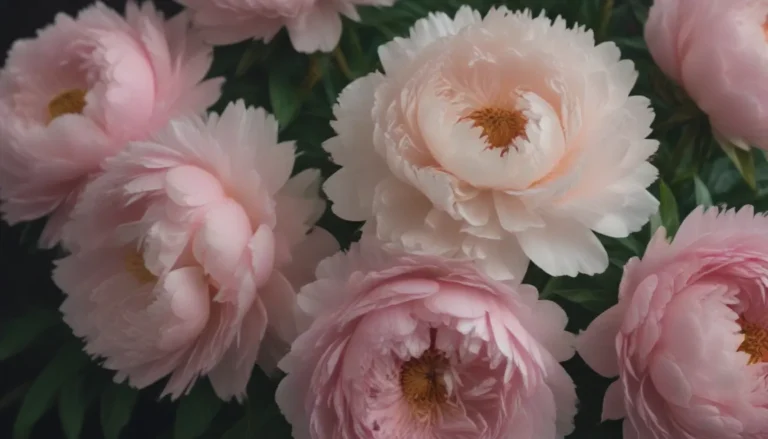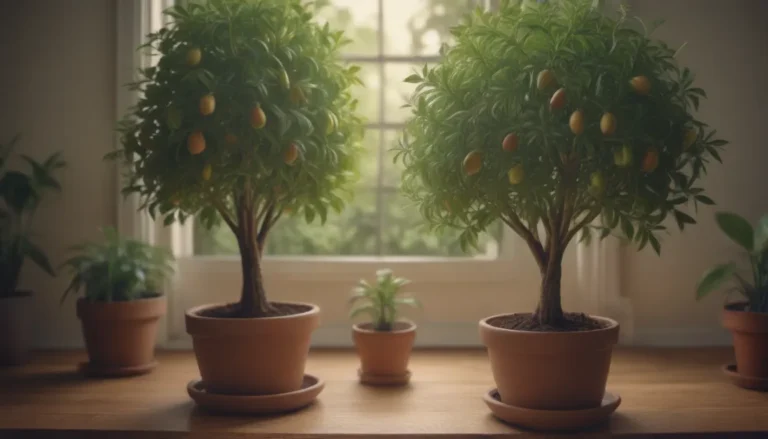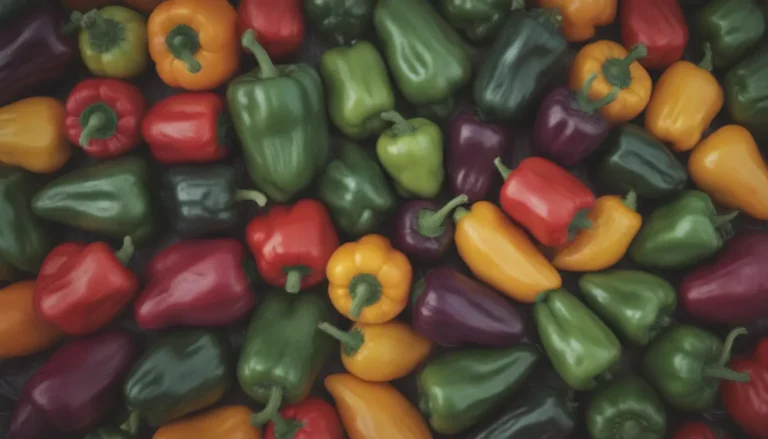Comprehensive Guide to Growing and Caring for Dutchman’s Pipe Vines
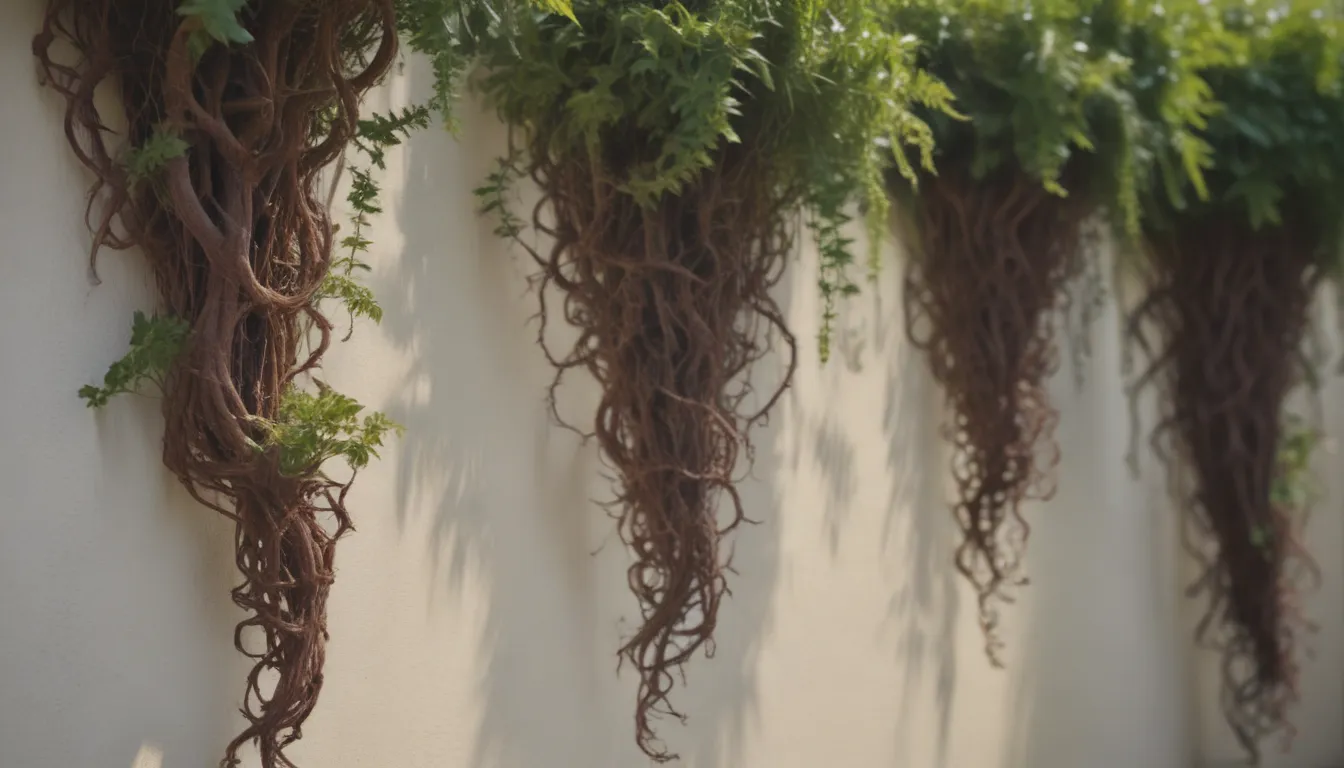
If you are looking to add a touch of greenery and beauty to your garden, consider planting a Dutchman’s pipe vine. This woody, deciduous vine native to eastern North America is a vigorous grower that can reach impressive heights of up to 30 feet once matured. Known for its vibrant green, heart-shaped foliage, the pipe vine is a showstopper that can bring privacy, shade, and aesthetic appeal to your outdoor space.
Dutchman’s Pipe Vines: An Overview
Before diving into the specifics of growing and caring for Dutchman’s pipe vines, it’s essential to understand the characteristics and benefits of this unique plant.
- Appearance: The leaves of the Dutchman’s pipe vine are large and heart-shaped, lending a lush and tropical feel to any landscape.
- Toxicity: Caution must be exercised as all parts of the plant, from bark to sap, are highly toxic to humans if ingested.
- Landscaping Uses: Dutchman’s pipe vines can be used to provide shade, privacy screening, or to conceal unsightly areas in your garden.
- Growing Habits: These vines are fast growers and require ample space to thrive. They are best planted in early spring to establish strong roots before the growing season.
Now that you have a basic understanding of Dutchman’s pipe vines let’s explore the various aspects of growing and caring for these stunning plants.
Pipe Vine Care Tips
When it comes to low-maintenance plants that deliver high impact, Dutchman’s pipe vines top the list. Here are some essential care tips to ensure your vine thrives:
- Light: Plant your pipe vine in full sun to promote optimal growth and flowering. However, it can tolerate partial shade, especially in warmer climates. Aim for at least six to eight hours of sunlight daily.
- Soil: Pipe vines prefer well-draining soil that is rich and moist. They can thrive in both neutral and acidic soil conditions.
- Water: Keep the soil evenly moist during the growing season, but avoid watering the foliage directly to prevent fungal issues.
- Temperature and Humidity: Dutchman’s pipe vines prefer moderate temperatures year-round and may require mulching to protect the roots during colder months.
- Fertilizer: Annual fertilization in spring and occasional compost additions can give your pipe vine the extra nutrients it needs to flourish.
Types of Dutchman Pipe Vine
While the classic Dutchman’s pipe vine (Aristolochia macrophylla) is a popular choice for many gardeners, there are other varieties worth considering:
- Aristolochia tomentosa: Native to the southern regions of the United States, this variety features small hairs on its flowers, foliage, and stems.
- Aristolochia gigantea: Also known as the Brazilian pipe vine, this variety produces massive, foul-smelling flowers and is hardy in USDA zones 10-12.
Pruning and Propagation
To maintain a neat and healthy Dutchman’s pipe vine, regular pruning is essential. Pruning should be done in late winter or early spring, focusing on removing weak or overgrown branches. Propagating Dutchman’s pipe vine can be done through seeds or cuttings:
- Propagation by seed: Dry seed pods on the vine, sow seeds in trays, and provide the proper conditions for germination.
- Propagation by cuttings: The quicker method involves taking cuttings from a mature vine and planting them in suitable soil.
Overwintering Tips
In cooler climates, Dutchman’s pipe vines may shed their leaves in winter. Protect the root base with mulch to prevent frost damage, and expect new growth in the spring. This vine’s unique pipe-shaped flowers are hidden behind the foliage, attracting butterflies while repelling deer and pests.
Conclusion
In conclusion, Dutchman’s pipe vines are an excellent choice for gardeners looking to add a touch of elegance and beauty to their outdoor spaces. With proper care and attention to its needs, this fast-growing vine can transform your garden into a lush oasis of greenery and charm. Remember to provide ample sunlight, well-draining soil, and regular pruning to ensure your pipe vine thrives for years to come. Happy gardening!
